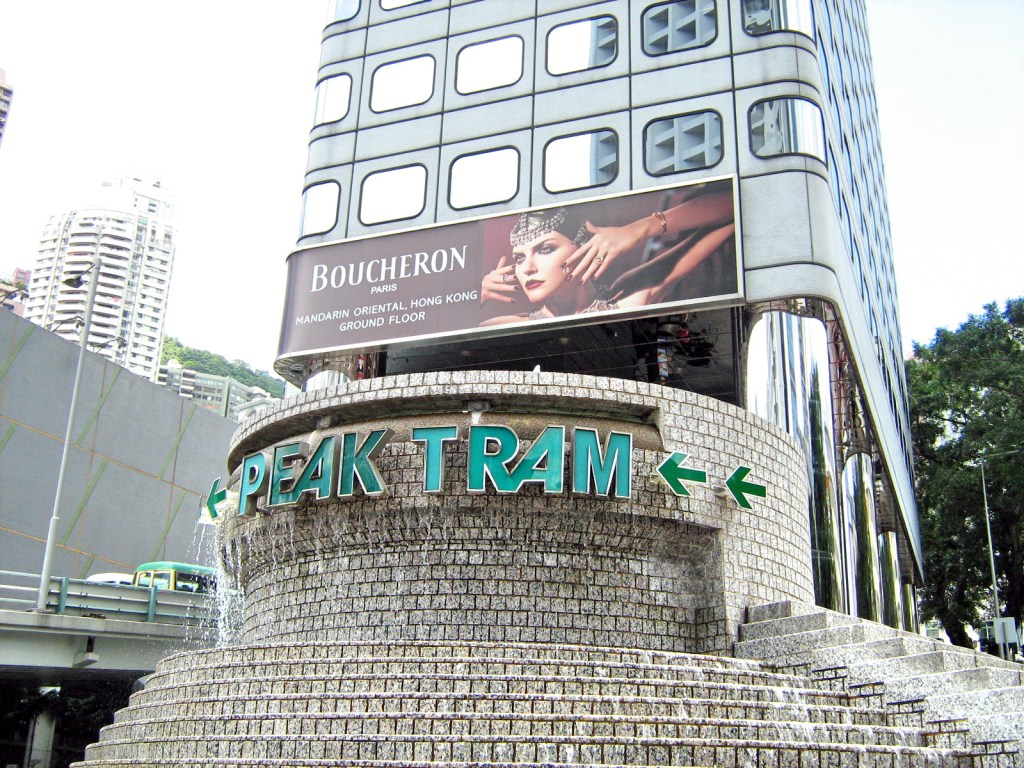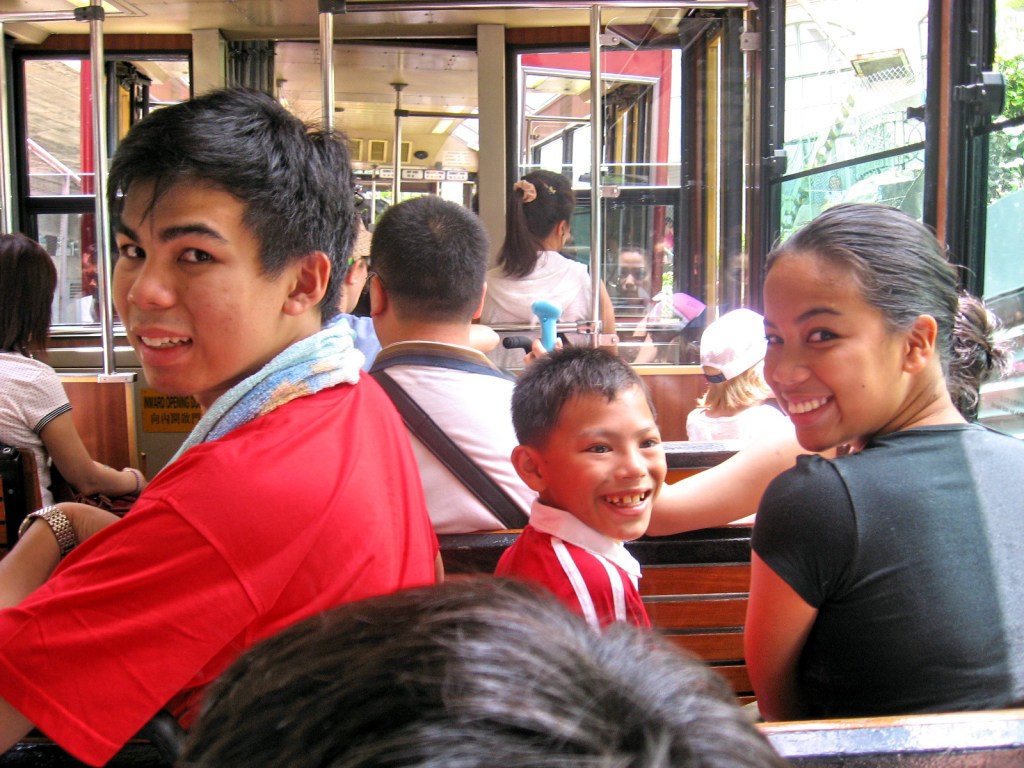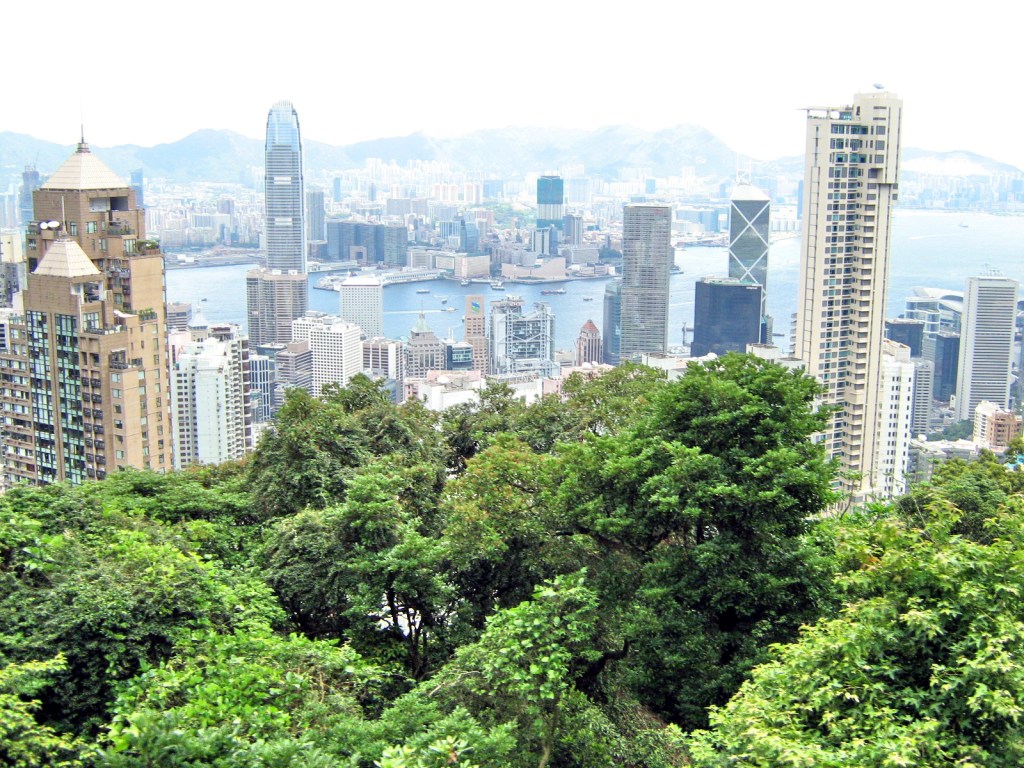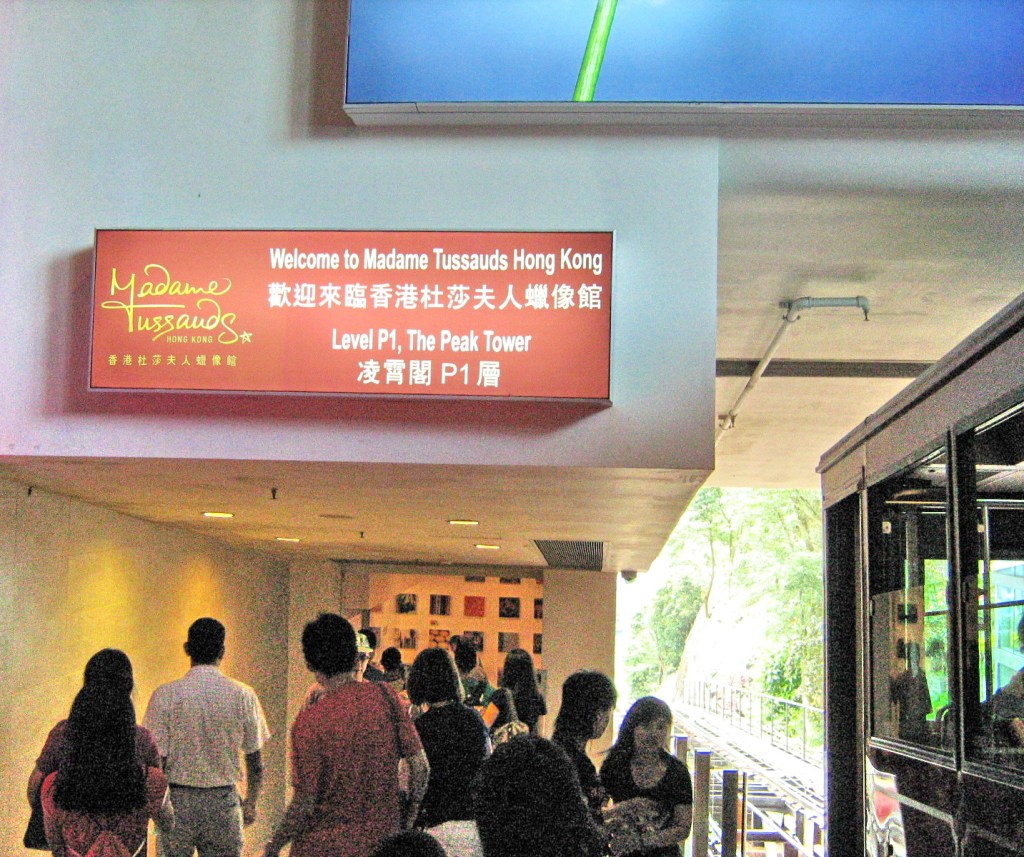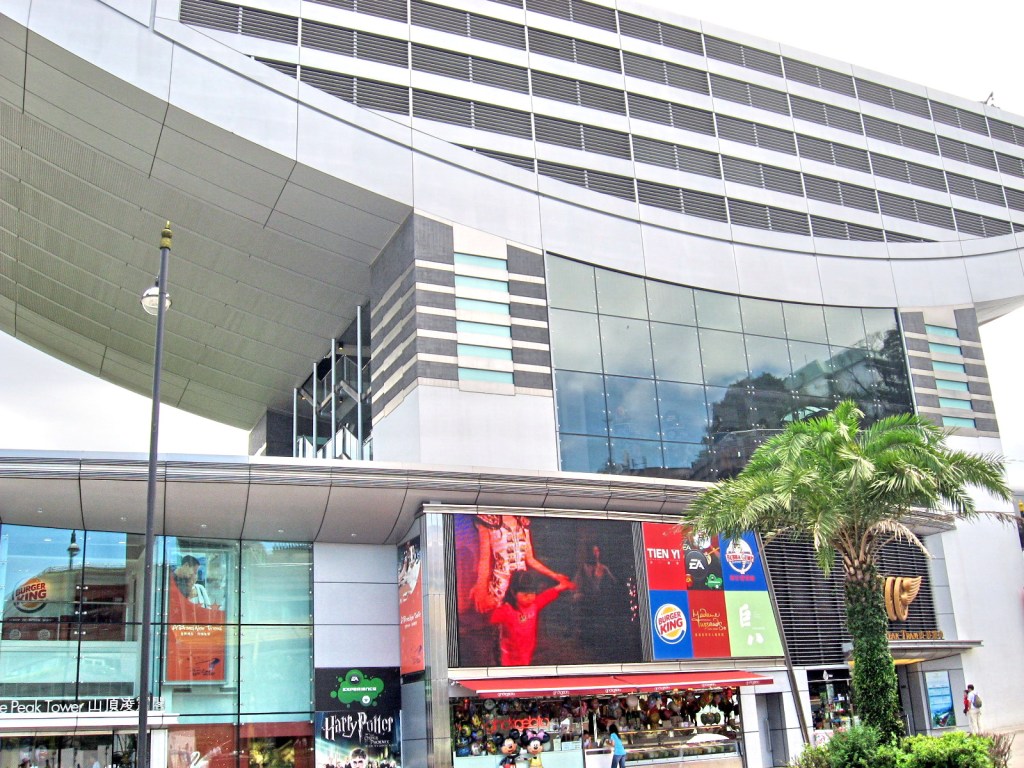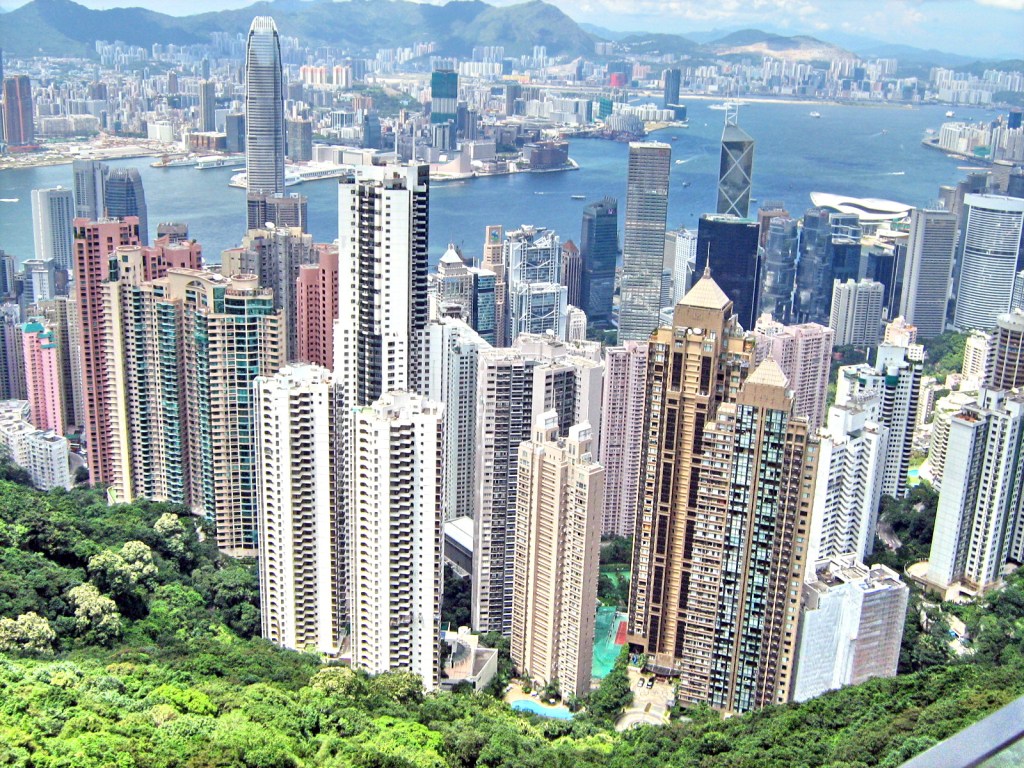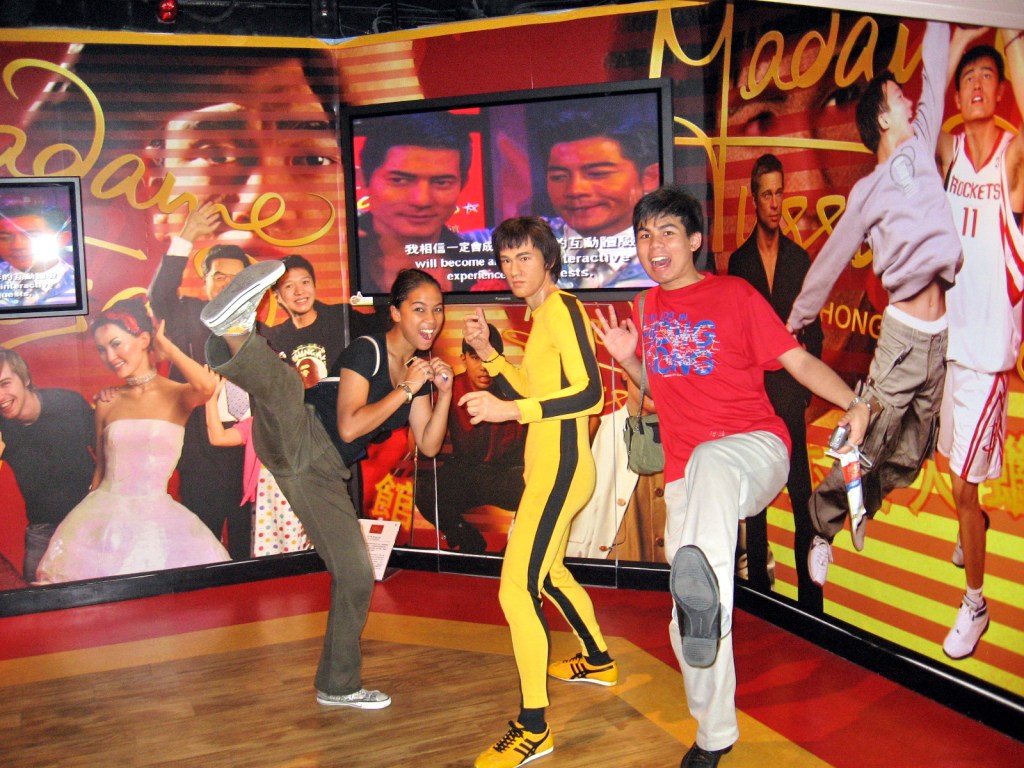When one mentions Clark Field in Pampanga, the first thing that comes in most peoples’ minds is duty-free shopping. Having booked ourselves for an overnight stay at Hotel Vida, we also did that, doing some shopping at Puregold. However, there’s more to Clark than just duty-free shopping. For one, there’s history.
| Stotsenberg Parade Grounds |
Lots of history exists around the Stotsenberg Parade Grounds. Large houses called “barns,” built with Oregon pine shipped from the U.S. and used as officers’ quarters, are arranged in a row along the grounds. Built from 1910-1913 at a cost of US$1,309.9 each by Filipino, Chinese and Japanese laborers, they were the first permanent structures in Fort Stotsenberg (named after Col. John W. Stotsenberg, killed in the Battle of Quingua, Bulacan on April 23, 1899), the forerunner of Clark Field (renamed as such in 1919 after Army aviator Maj. Harold M. Clark who was killed in an air crash in the Panama Canal).
| CDC Exhibition of Kapampangan Crafts |
Over the years, until 1922, hundreds of these barns were built but, by the mid 1980s, most of these barn houses were demolished. Those along Cardinal Santos Ave., now called the Centennial Block, are all that remain. The huge, shady and century-old acacia (monkey pod) trees in the area were planted in 1903.
| Centennial House: Lifestyle in Stotsenberg Museum |
Many of theses barn houses have undergone adaptive reuse. One barn house, Bldg. 2081, houses the Mabalacat Municipal Tourism Office. Another houses the Clark Development Corp. (CDC) Exhibition of Kapampangan Crafts. A number also house restaurants such as Cafe Mesa Coffee Shop and Bar (Bldg. 2078) and Red Crab Alimango House (Bldg. 2078). Another houses a museum (Centennial House Lifestyle in Stotsenberg Museum).
| Cafe Mesa Coffee Shop and Bar |
The Death Place of Roxas Marker, directly across the street from the CDC office, close to the Philippine flag, was built in memory of the Philippine president Manuel A. Roxas who, upon the invitation by the U.S. 13th Air Force commander, came to see for himself the massive reconstruction and rehabilitation work in war-damaged Clark on April 15, 1948. That same, while delivering a speech at Kelly Theater, he suffered a heart attack and died.
| Death Place of Roxas Marker |
At the western edge of Stotsenberg Parade Grounds is the 26th Cavalry Memorial which commemorates the men of the 26th Cavalry Philippine Scounts, U.S. Army, who died during their heroic action at Lingayen (Pangasinan) in 1941. Next to it is the U.S. Army Air Corps and Philippine Air Force Monument which details the joint participation of the Philippine and American military forces
| 26th Cavalry Monument |
| US and Philippine Air Corps Monument |
Cafe Mesa Coffee Shop and Bar: Cardinal Santos Ave., Clark Special Economic Zone, Pampanga. Tel: (045) 499-0694.


.jpg)








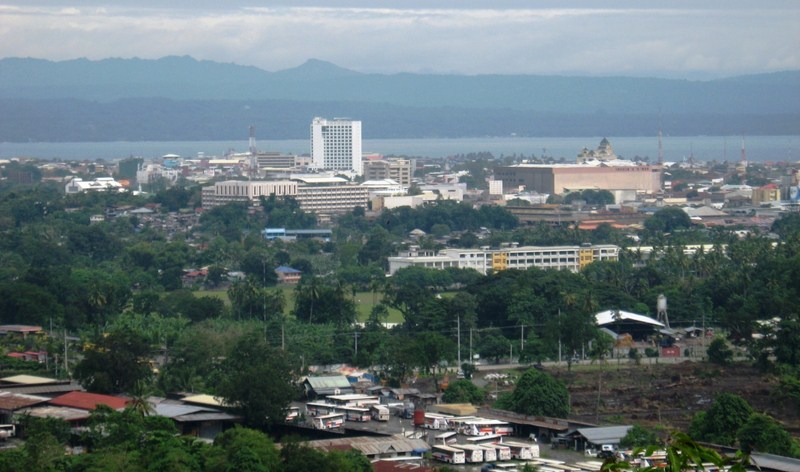
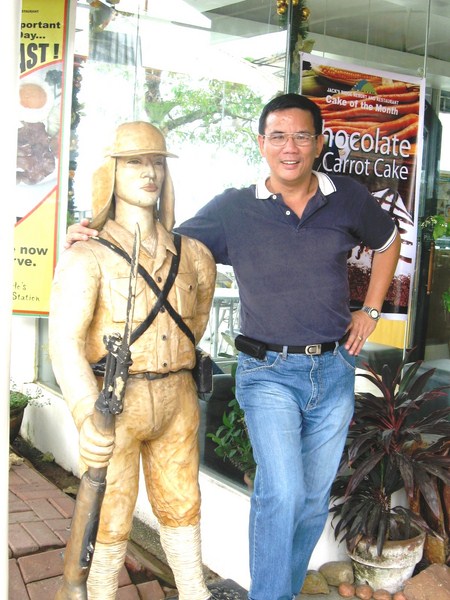

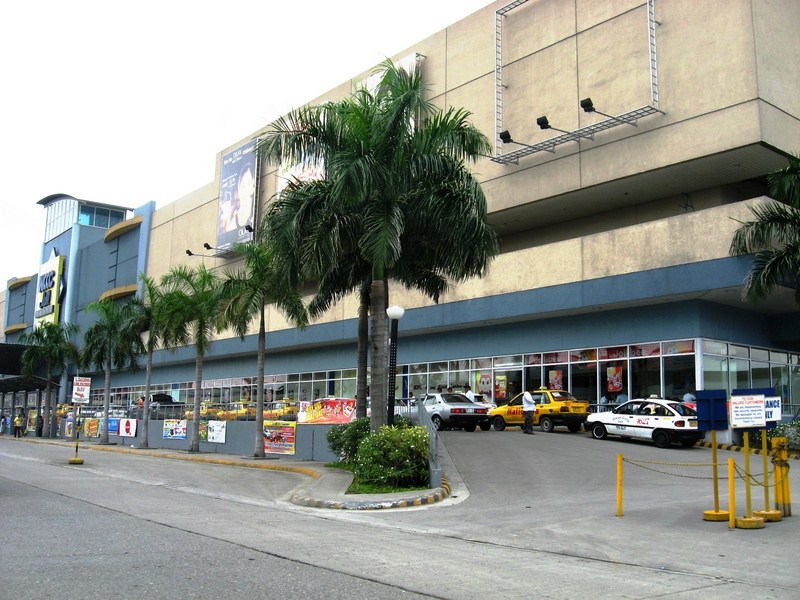
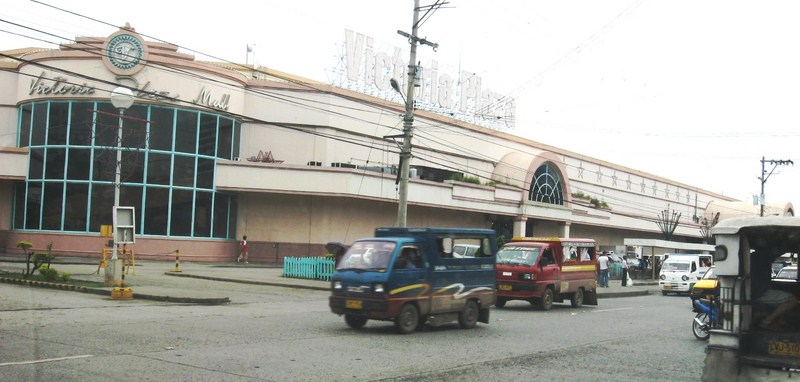
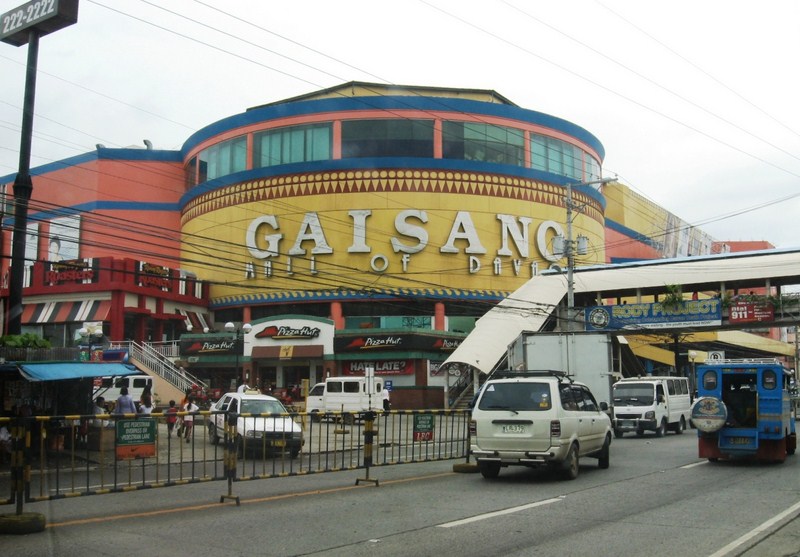
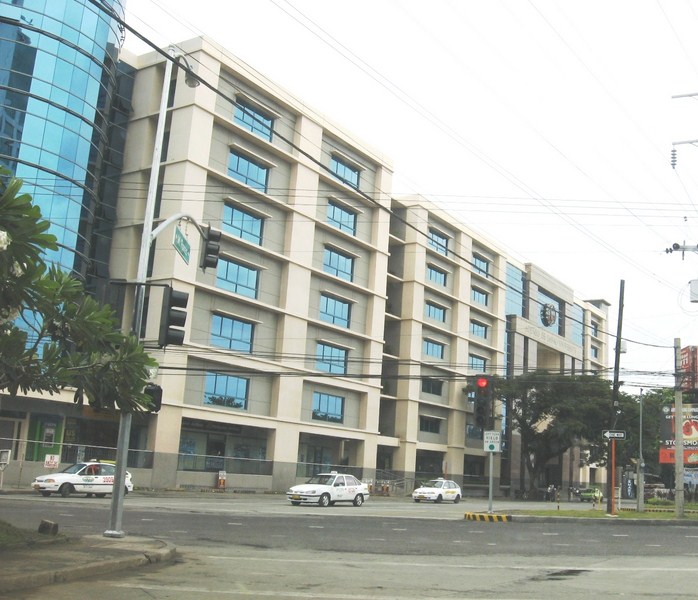
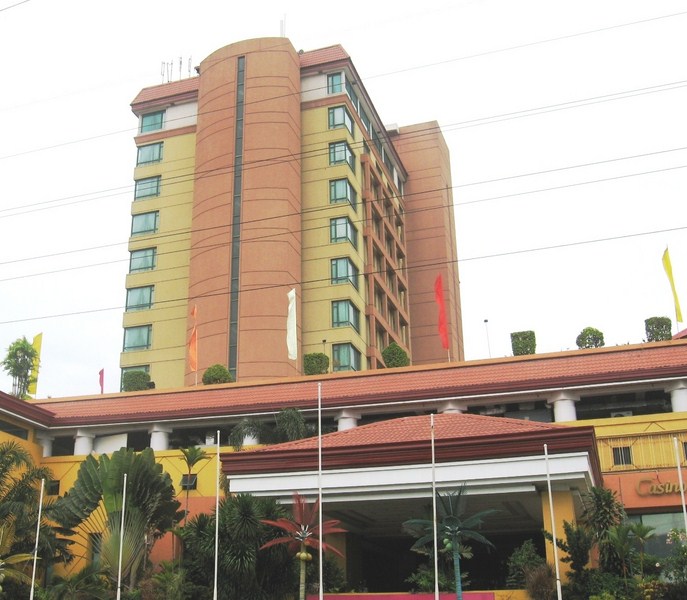
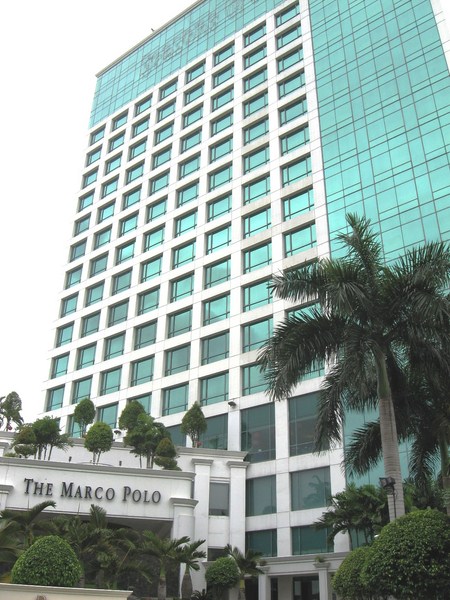
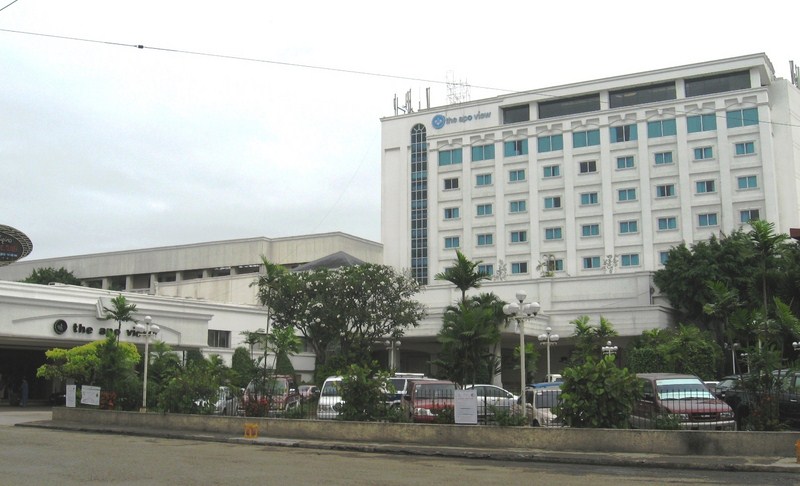
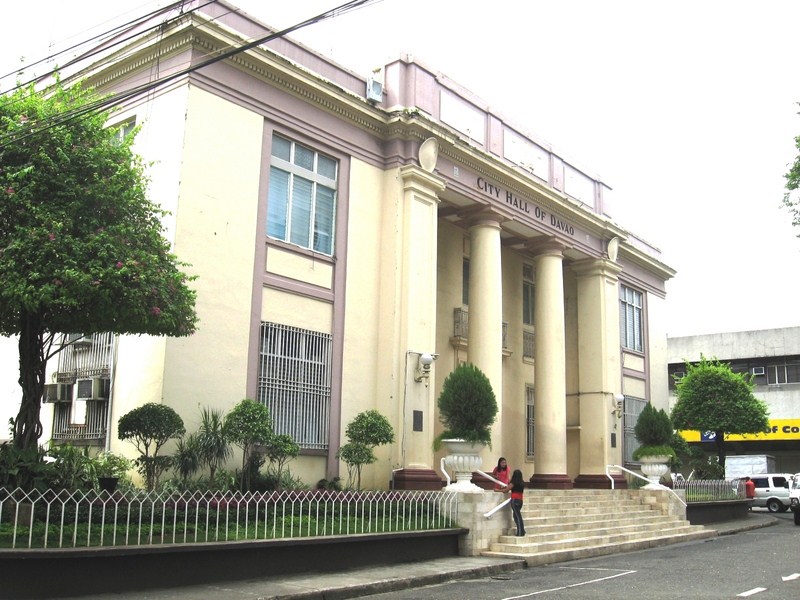
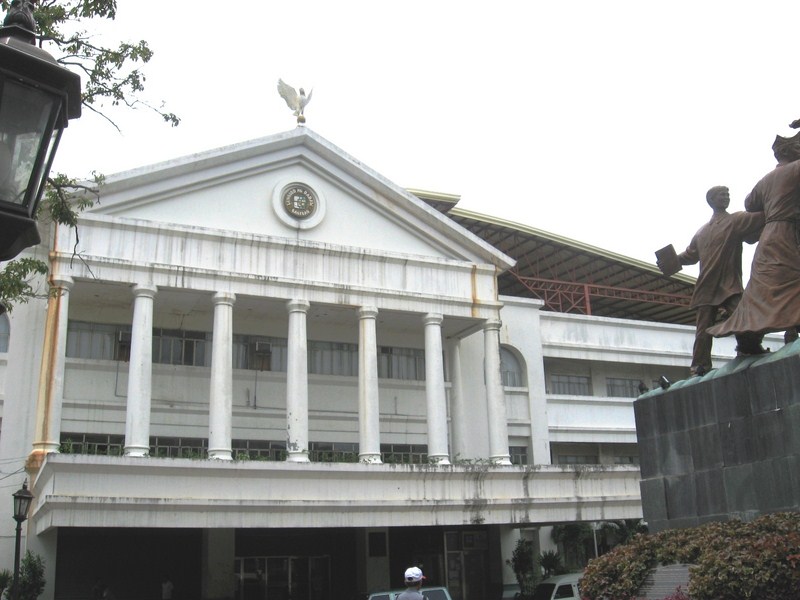

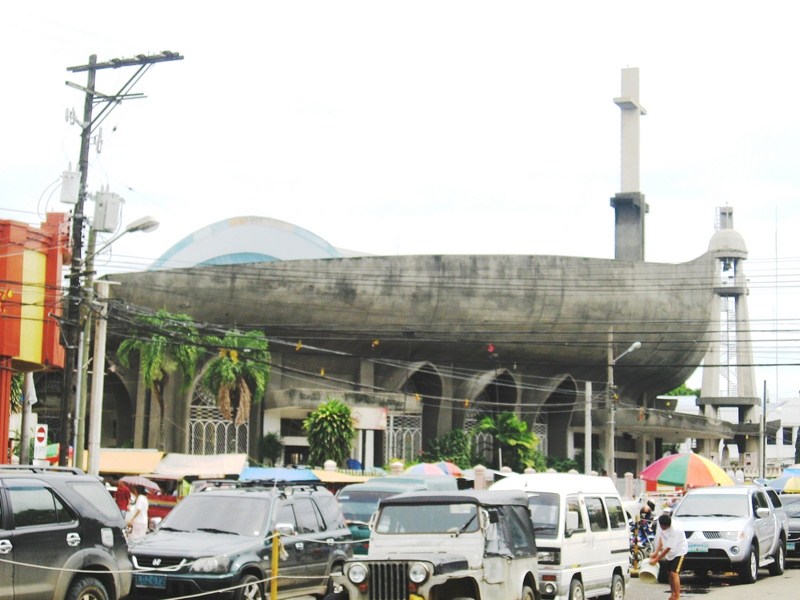
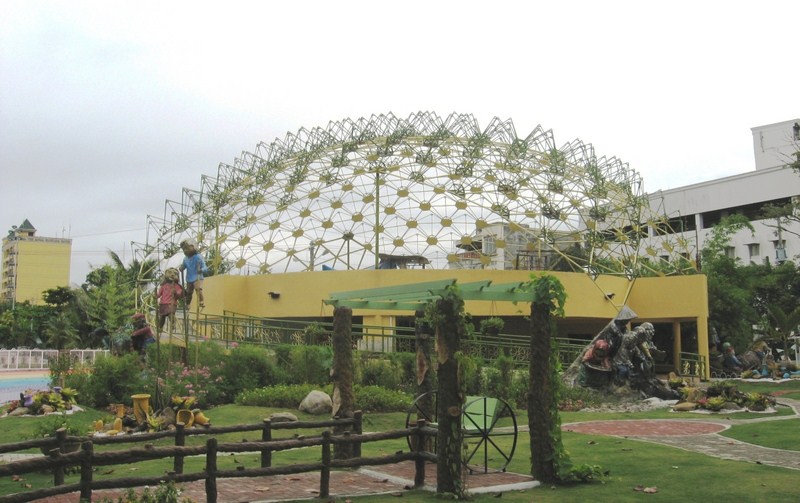
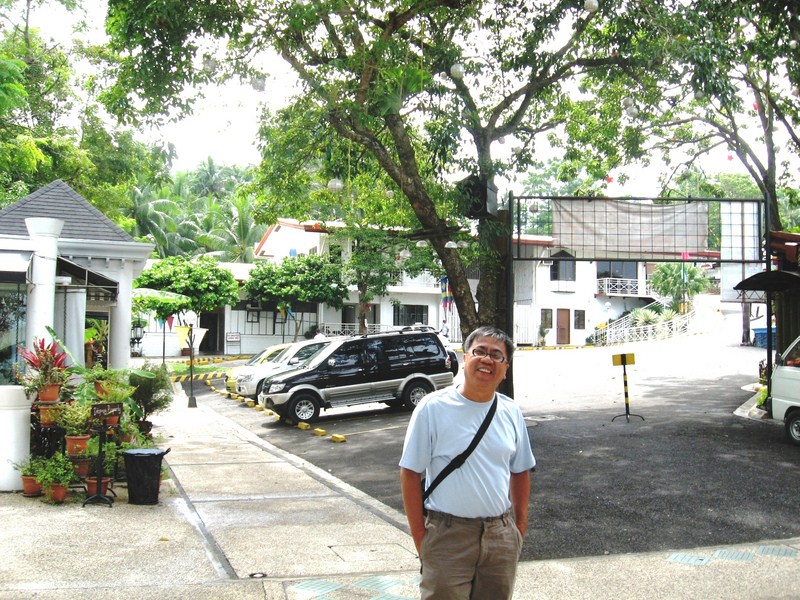
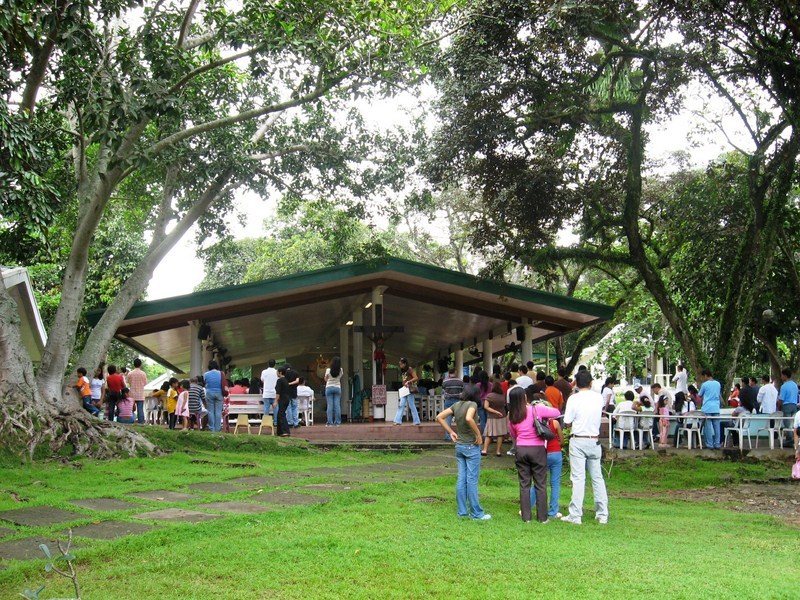
.jpg)





